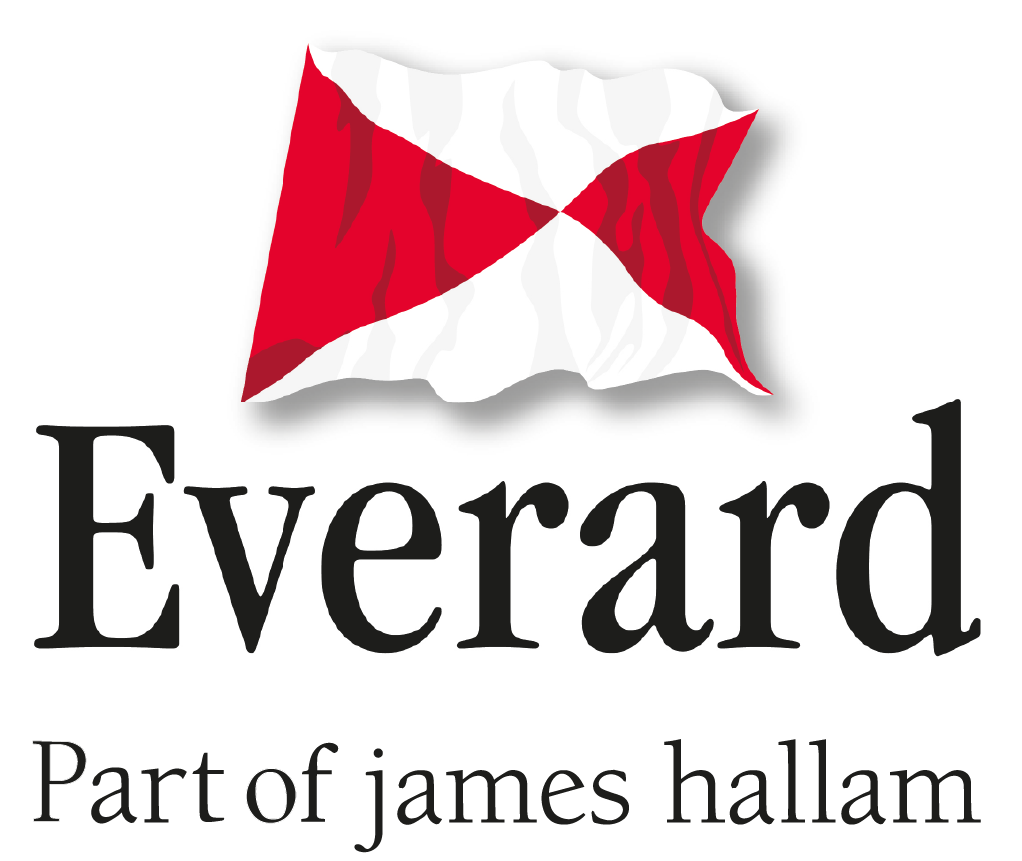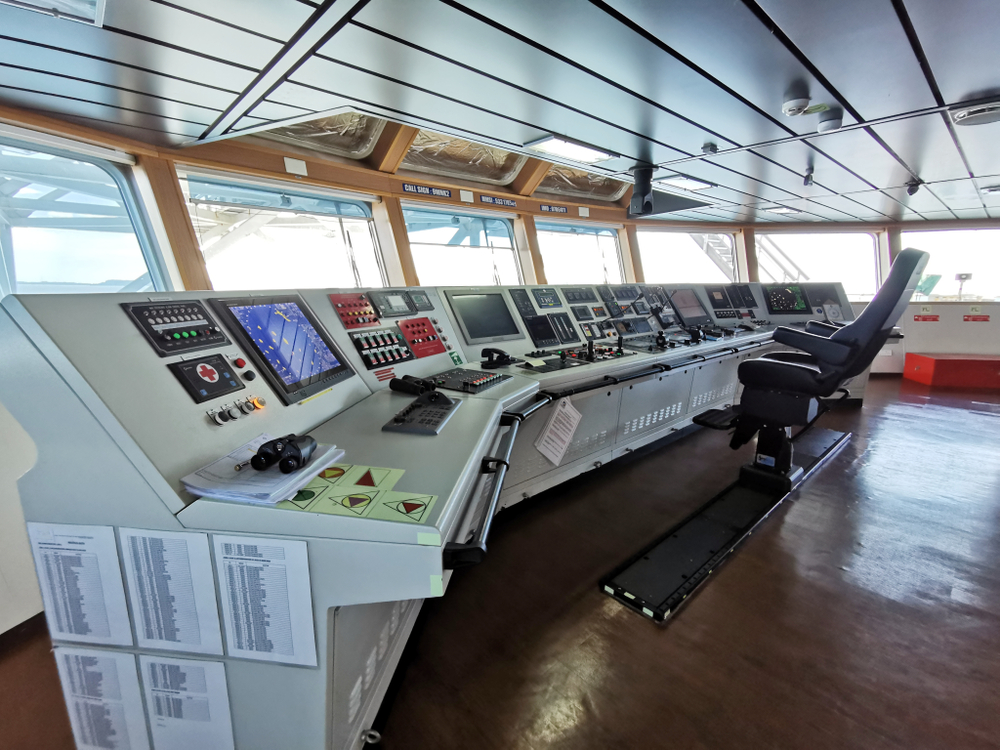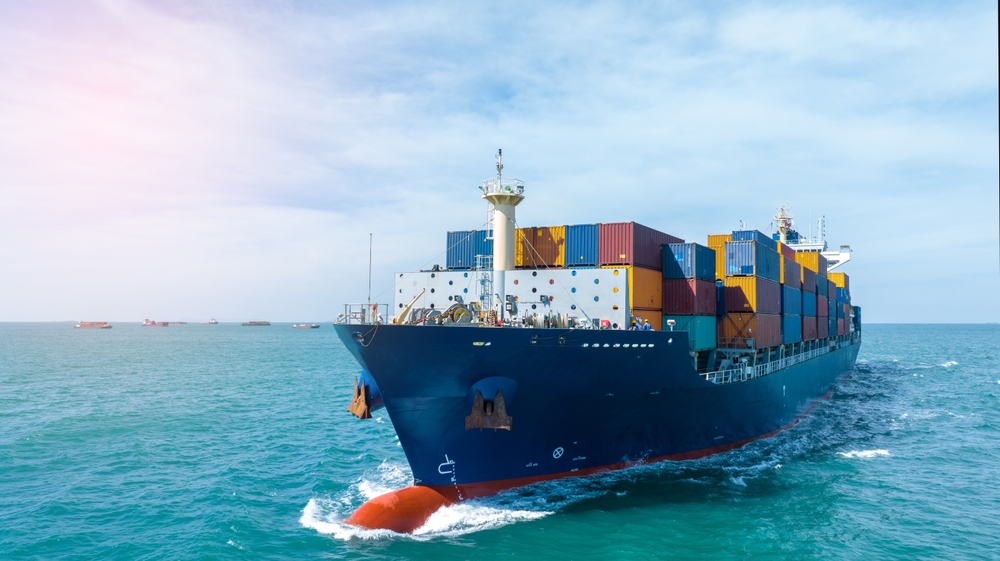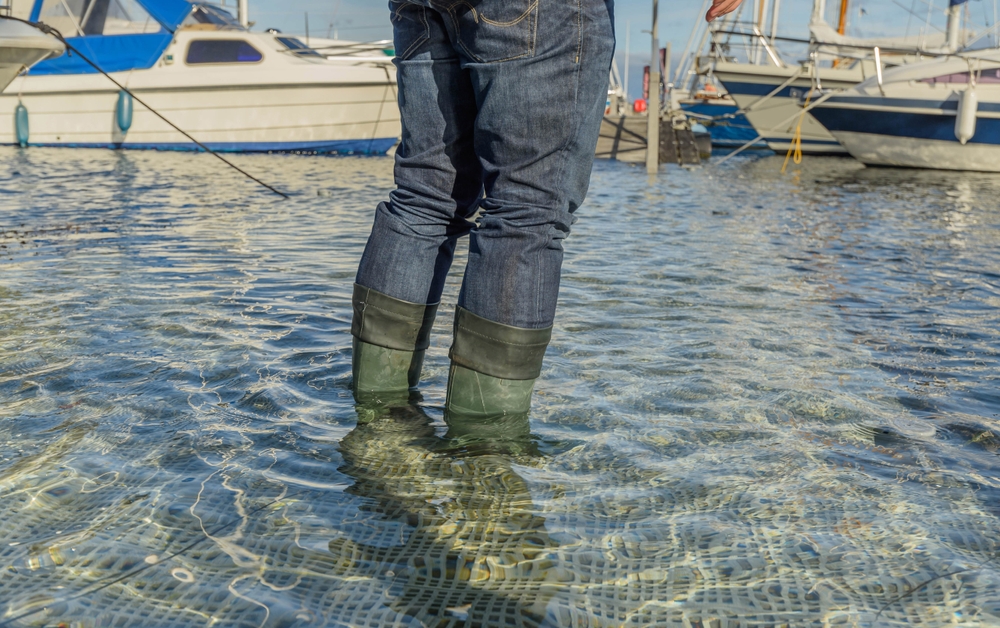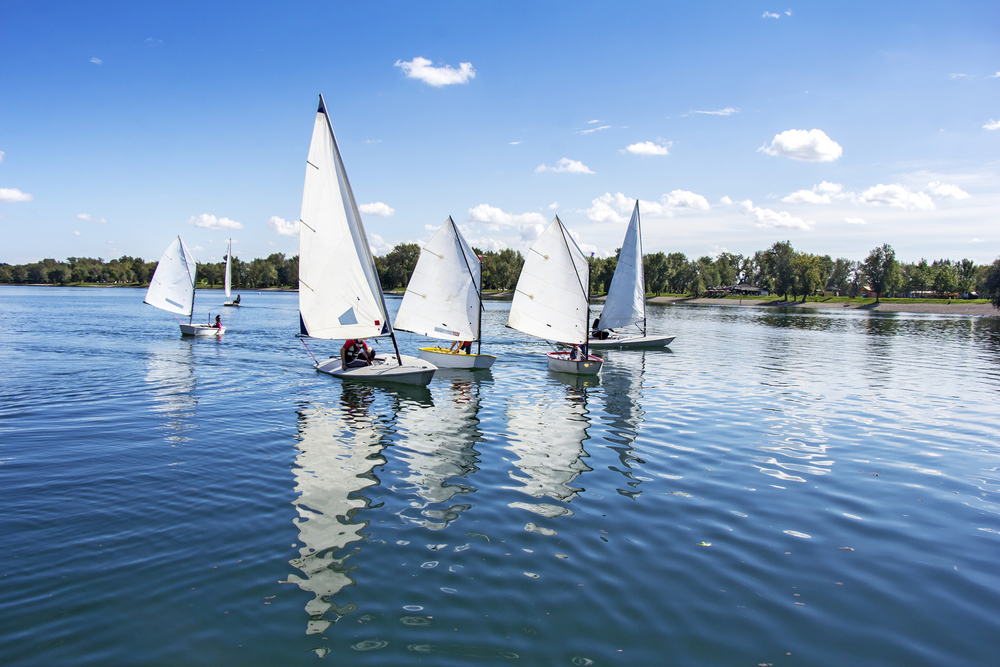
P&I Clubs are indispensable to the maritime industry. They play a crucial role in offering comprehensive liability coverage, financial security, and expert support, which enables shipowners and operators to manage risks effectively and maintain compliance in an increasingly complex regulatory environment.
What is a P&I Club?
Protection and Indemnity Clubs, commonly known as P&I Clubs, are mutual insurance associations that provide liability cover to shipowners and operators. Unlike commercial insurers, they are owned and controlled by their members so they operate on a mutual, non-profit basis.
Surplus funds are returned to members or used to reduce future premiums. Collectively, P&I Clubs participate in pooling arrangements and excess of loss reinsurance programs, which allow them to share large claims and secure additional protection against catastrophic losses.
How Do P&I Clubs Work?
The fundamental principles of P&I Clubs are:
- Mutual ownership
- Risk pooling
- Non-profit operation
Members share the costs of claims and expenses, creating a system that is both collaborative and cost-effective.
What Cover Do P&I Clubs Offer?
Coverage provided by P&I Clubs is extensive and tailored to the unique risks of maritime operations. It includes liabilities for:
- Cargo loss or damage
- Collision damage to other vessels or property
- Injury or death of crew and passengers
- Environmental damage such as oil spills
- Wreck removal costs
- Fines and penalties imposed by authorities
- Legal expenses associated with defending clams or pursuing recovery
How Are P&I Clubs Run?
Governance within P&I Clubs is typically managed by a board of directors or a management committee.
This board sets the club’s strategic direction and ensures operations align with the interests of its members. It is usually composed of representatives from member shipowners or operators and industry experts in maritime law, insurance, and shipping. Boards often also include independent directors who provide external perspectives.
The board’s responsibilities include overseeing risk management policies, making investment decisions, and maintaining strong relationships with members to ensure the club delivers value and meets their needs.
Key Benefits and The Role of P&I Clubs in Global Shipping
Covering Liability for Third Party Damage in Collisions
P&I Clubs specialise in handling third-party liabilities, including collision claims, which often involve complex negotiations and legal considerations.
Traditionally, Hull & Machinery policies include three-fourths collision liability as part of their basic form. However, in practice, this provision is usually transferred from the hull policy to the P&I Club.
By moving this coverage to the P&I Club, shipowners benefit from:
- The club’s expertise in managing such liabilities
- Its ability to provide security and support during claims handling
Under this arrangement, the P&I Club covers the member’s liability for damage to another vessel following a collision, excluding the insured vessel’s own damage, which remains under the hull policy. This division ensures that collision liabilities are managed by the party best equipped to handle third-party claims and associated legal complexities.
Financial Stability and Flexibility
Financial contributions from members are made through calls, which are premiums used to fund claims and operating costs. These include:
- An estimated total cost paid at the start of the policy period
- Supplementary calls if additional funds are required
- Release calls when a member leaves the club
Policy years typically close after thirty-six months. This structure ensures flexibility and financial stability while maintaining transparency for members.
Claims Handling
Beyond insurance coverage, P&I Clubs play a vital role in claims handling and member support. They:
- Manage claims on behalf of members
- Negotiate settlements
- Provide guidance on operational safety and regulatory compliance
Their expertise in maritime law and insurance, combined with their global network (often through the International Group of P&I Clubs) offers members access to resources and knowledge worldwide.
Trade Security and Dispute Management
Another important function of P&I Clubs is providing security to facilitate trade and manage claims. They can help members release detained vessels or cargo, minimize financial impact, and manage disputes effectively by offering:
- Letters of undertaking
- Bonds or guarantees
- Cash deposits
Everard Insurance Brokers has long-standing relationships with both P&I Clubs and fixed-price insurers, ensuring clients receive tailored solutions that meet their operational needs.
Find out how we can help you today.
In addition to P&I Clubs, our future blogs will include topics such as Freight, Demurrage and Defence (FD&D) protection.

